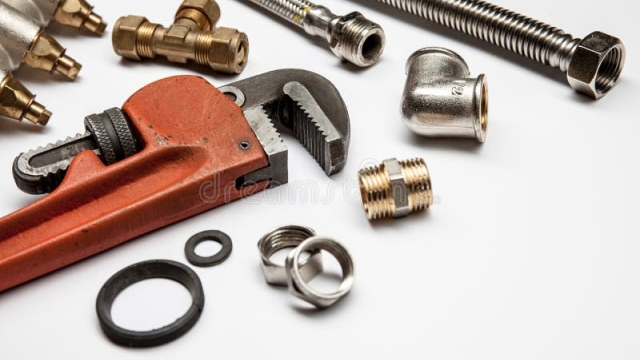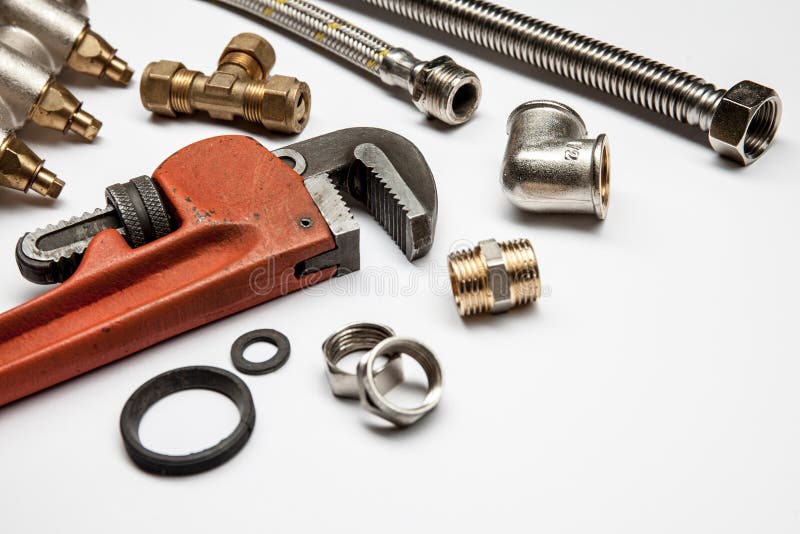
Dive into the World of Plumbing: Unraveling the Mysteries of Pipes and Fixtures

Have you ever wondered about the intricate network of pipes and fixtures that provide us with clean water and efficient drainage systems? Plumbing is the unsung hero of our daily lives, working diligently behind the scenes to ensure our comfort and well-being. From the moment we turn on the faucet to the satisfying rush of water in the shower, plumbing is an essential part of our modern infrastructure.
For many of us, plumbing remains a mystery tucked away within the walls of our homes. However, understanding the basics of plumbing can empower us to tackle minor repairs and appreciate the complexity of this vital system. In this article, we will take a deep dive into the world of plumbing, unraveling its mysteries one pipe at a time. So grab your wrench and join us on a journey to demystify the inner workings of plumbing. Let’s explore the fascinating world of pipes and fixtures, and uncover the secrets that keep our water flowing smoothly.
1. The Basics of Plumbing
Plumbing is a vital aspect of our daily lives, ensuring the smooth flow of water and efficient operation of various fixtures and appliances. Understanding the basics of plumbing can help us appreciate the complexity and importance of this essential system in our homes and buildings.
Water supply is a fundamental part of plumbing. It involves the distribution of clean water from a central source, typically a water main, to different areas of a building. This water is then directed to various fixtures, such as sinks, showers, toilets, and washing machines, through a network of pipes.
Drainage is another key aspect of plumbing. Once we are done using water, it needs to be safely and effectively removed from the fixtures and carried away. This is achieved through a system of drain pipes that transport waste water, along with any solid or liquid waste, to a main sewage line or a septic tank.
To ensure the proper functioning of plumbing systems, various components are used. These include valves, which regulate the flow of water, and pipes, which serve as conduits for water supply and drainage. Fixtures, such as faucets, toilets, and showers, are connected to these pipes, allowing us to access water when needed.
Understanding the basics of plumbing can empower us to troubleshoot minor issues and make informed decisions when it comes to choosing fixtures or undertaking home improvement projects. In the following sections, we will further explore the intricacies of plumbing systems and unravel the mysteries surrounding its various components.
2. Types of Pipes and Fixtures
There are various types of pipes and fixtures used in the world of plumbing. Let’s take a closer look at some of the most commonly used ones.
Copper Pipes: Copper pipes are a popular choice due to their durability and resistance to corrosion. They are often used for water supply lines and can withstand high pressures. Copper pipes are known for their long lifespan, making them a reliable option for plumbing systems.
PVC Pipes: PVC (polyvinyl chloride) pipes are widely used for drain and waste lines. They are lightweight, easy to install, and resistant to chemicals, making them ideal for residential and commercial applications. PVC pipes are also less expensive compared to other materials, making them a cost-effective choice.
PEX Pipes: PEX (cross-linked polyethylene) pipes have gained popularity in recent years. They are flexible and can be bent easily, allowing for simple installation. PEX pipes are commonly used for both hot and cold water supply lines. They have excellent resistance to freezing and are known for their longevity.
When it comes to fixtures, there are several common types used in plumbing systems.
Leak RepairFaucets: Faucets are used to control the flow of water from the pipes. They come in various styles and designs and are essential for both kitchens and bathrooms. Faucets play a significant role in maintaining the water pressure and temperature.
Toilets: Toilets are essential fixtures in any plumbing system. They are designed to dispose of human waste in a sanitary manner. Toilets come in different types, including two-piece, one-piece, and wall-mounted options. Modern toilets often incorporate water-saving features to conserve water.
Showerheads: Showerheads are fixtures that supply water for bathing. They come in various designs, including overhead rain showerheads and handheld options. Some showerheads also include features such as adjustable spray patterns and water-saving mechanisms.
Understanding the different types of pipes and fixtures used in plumbing is crucial when it comes to ensuring the proper functioning of a plumbing system. Each type has its unique characteristics and purposes, allowing for efficient water distribution and disposal.
3. Common Plumbing Problems and Solutions
Leaky Faucets:
One of the most common plumbing problems is a leaky faucet. It’s not only annoying to listen to that constant dripping sound, but it can also waste a significant amount of water over time. The solution to this problem is usually to replace the worn-out washer or gasket inside the faucet. You can easily do this by turning off the water supply, disassembling the faucet, and replacing the necessary parts. For more complex faucet issues, it is recommended to call a professional plumber.
Clogged Drains:
Dealing with a clogged drain is never pleasant, but it is a problem that many homeowners face. A clogged drain can occur due to various reasons, such as hair, soap scum, food particles, or even mineral deposits. To unclog a drain, you can try using a plunger or a drain snake. Plunging the drain vigorously can help dislodge the clog, while a drain snake can be used to physically remove the obstruction. If these methods don’t work, it may be necessary to call a plumber for further assistance.
Running Toilets:
A running toilet is not only bothersome but can also waste a significant amount of water. The constant flow of water from the tank to the bowl indicates that there is an issue with the flushing mechanism. The most common cause is a faulty flapper valve that fails to seal properly. To fix a running toilet, you can start by inspecting the flapper valve and adjusting or replacing it if needed. Another potential cause could be a faulty fill valve, which might need adjustment or replacement as well. If the problem persists, it is advisable to seek the help of a professional plumber.
Remember, even though these common plumbing problems can sometimes be fixed by yourself, it’s always important to consider your skill level and safety before attempting any repairs. Don’t hesitate to seek professional assistance when needed to ensure the problem is resolved effectively and avoid any further damage.

